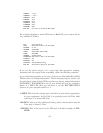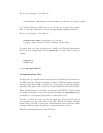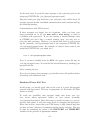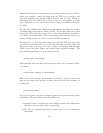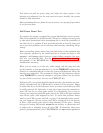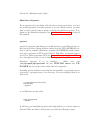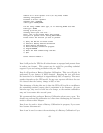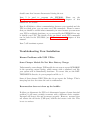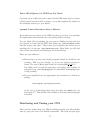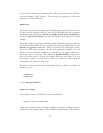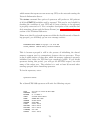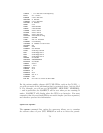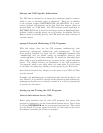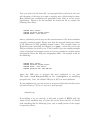should some how become disconnected during the test.
Item 5 is used to program the EEPROM. Please see the
Configuration Directives Used to Set the UPS EPROM chapter of this
manual for the details.
Item 6 will initiate a direct communication between your terminal and the
UPS at which point, you can enter raw UPS commands. Please be aware
that you should be careful what commands you enter because you can cause
your UPS to suddenly shutdown, or you can modify the EEPROM in a way
to disable your UPS. The details of the raw Smart mode UPS commands
can be found in the UPS Bible (see APC smart protocol) chapter of this
manual.
Item 7 will terminate apctest.
Troubleshooting Your Installation
Known Problems with USB UPSes
Some Cheaper Models Do Not Have Battery Charge:
Unfortunately, some cheaper USB models do not seem to report BCHARGE
in the apcaccess output listing, which means with a standard conf file,
your system will be immediately shutdown. To correct this, set the BAT-
TERYLEVEL directive in your apcupsd.conf file to -1.
Some of these cheaper USB UPSes also do not report the Voltage. This is
annoying but does not cause the unit to malfunction.
Reconnection does not clean up the lockfile:
If either you disconnect the UPS or it disconnects because of some electrical
problem, it will most certainly reconnect with a different device number.
Apcupsd will detect this and reconnect properly. However, apcupsd does
not release the old device (USB port) lock file and create a new one. This
is not too serious.
70



